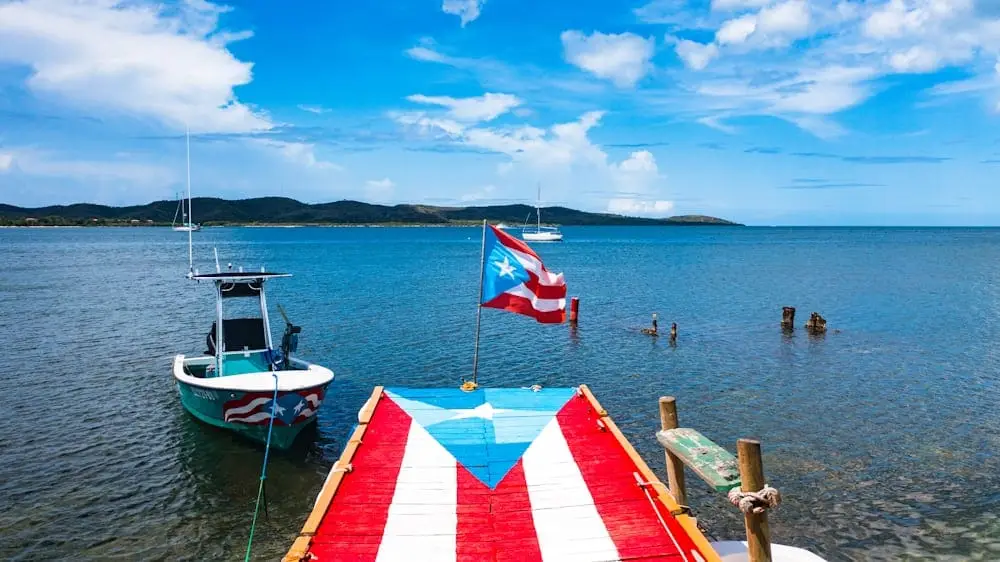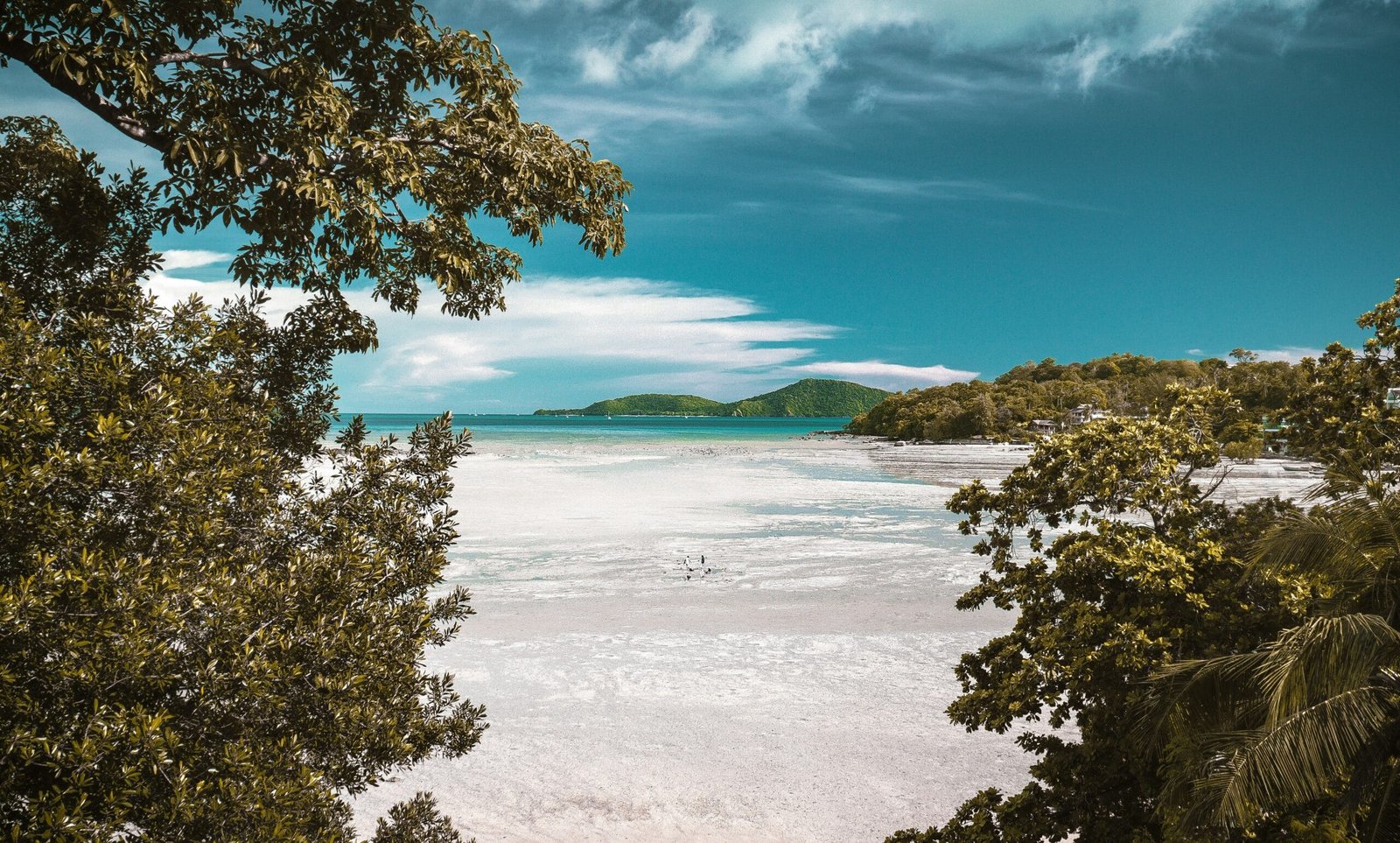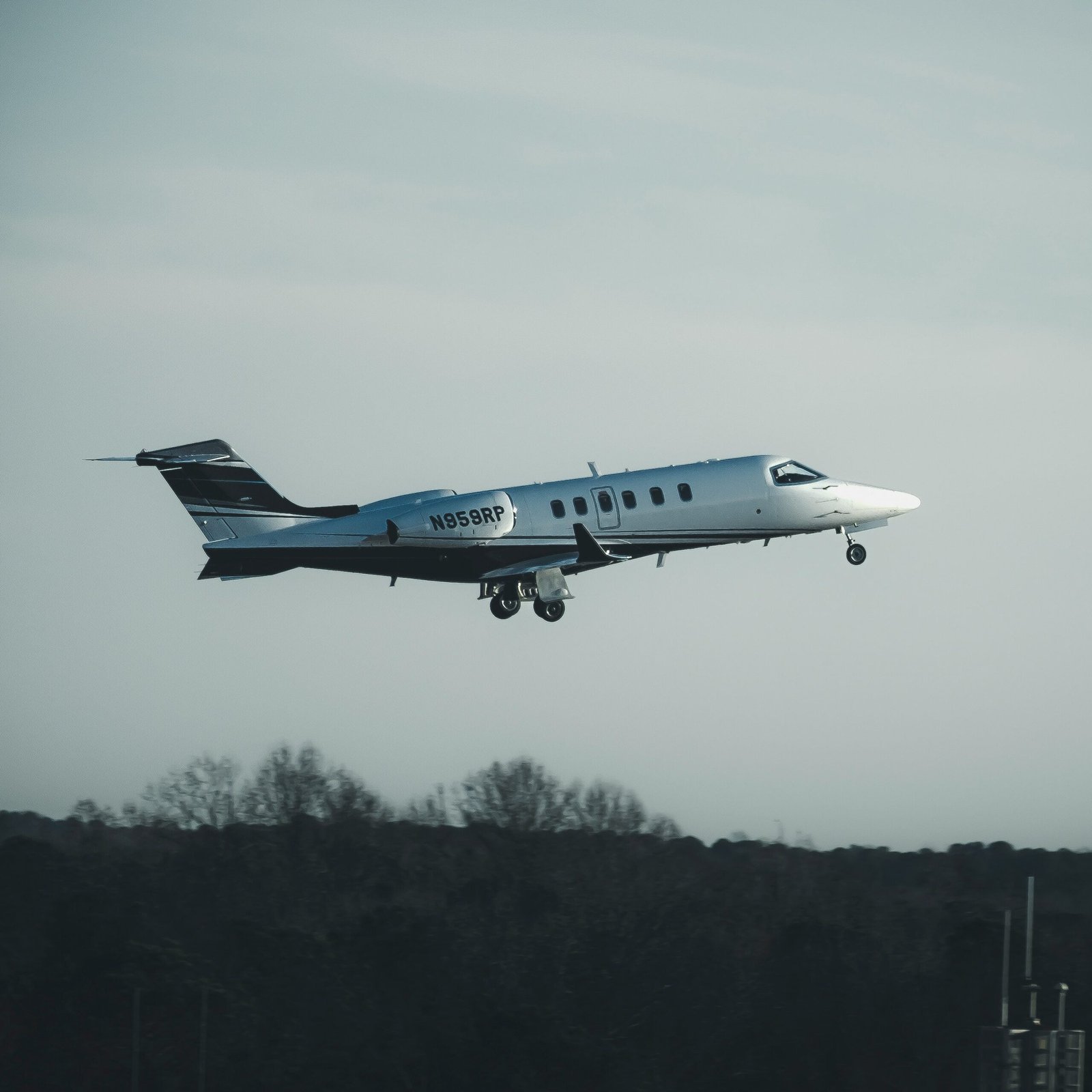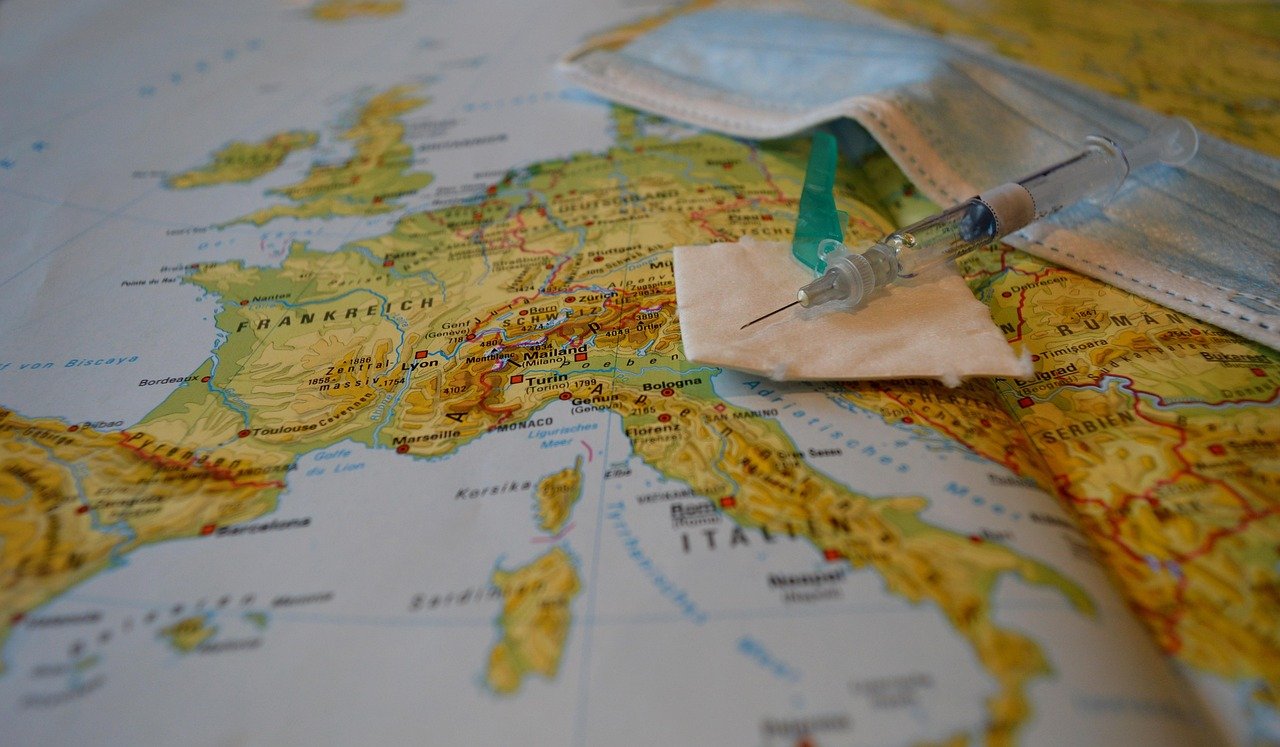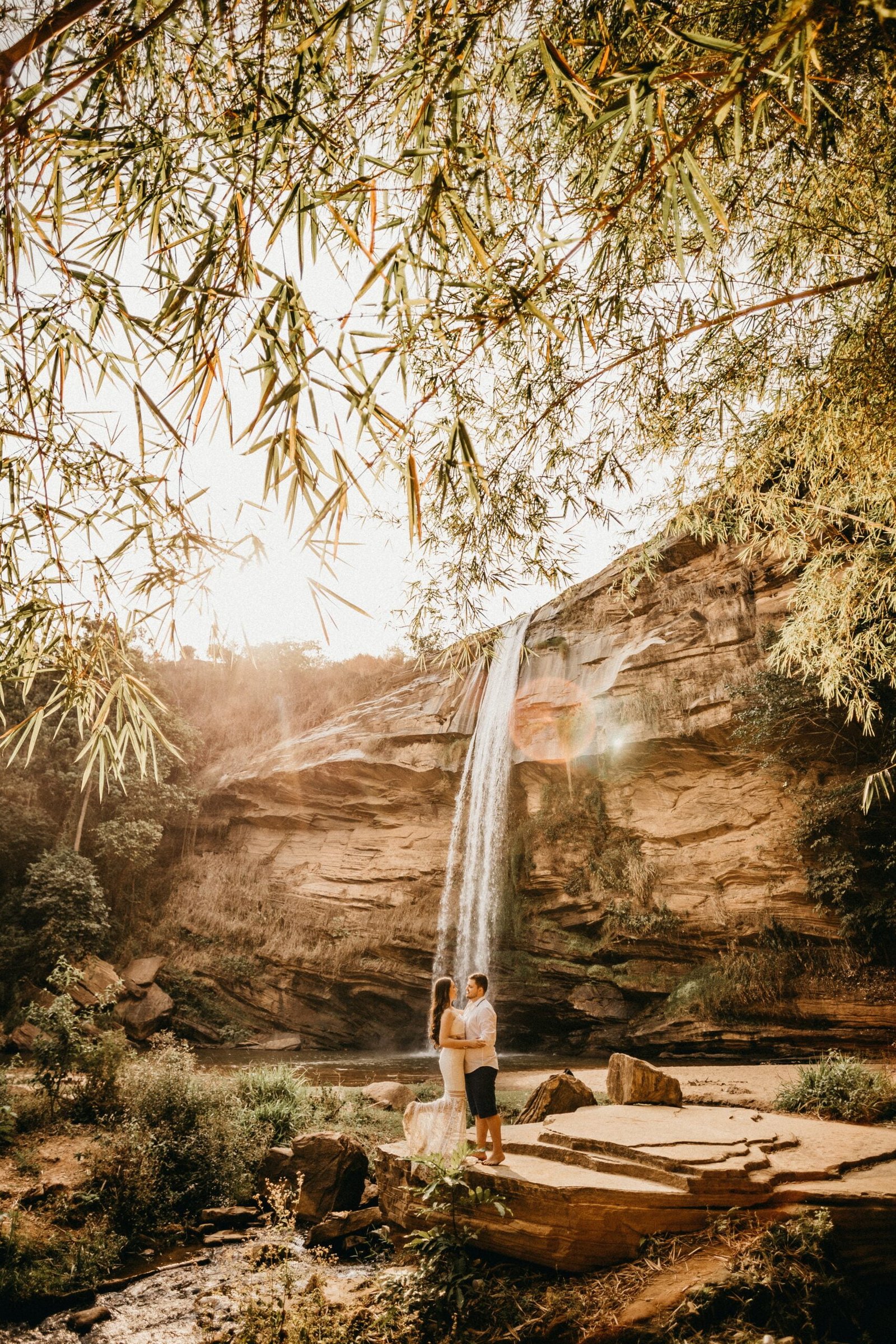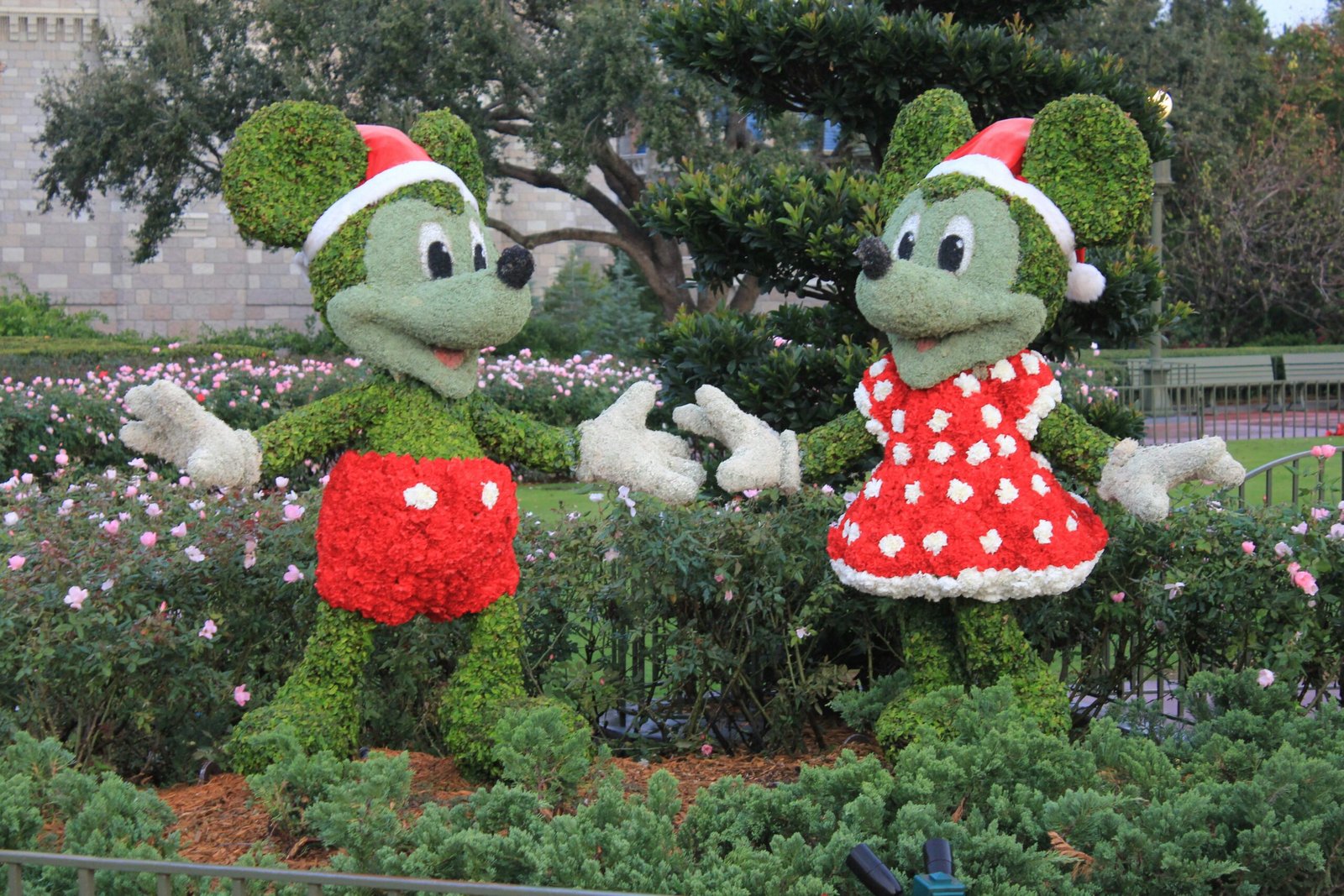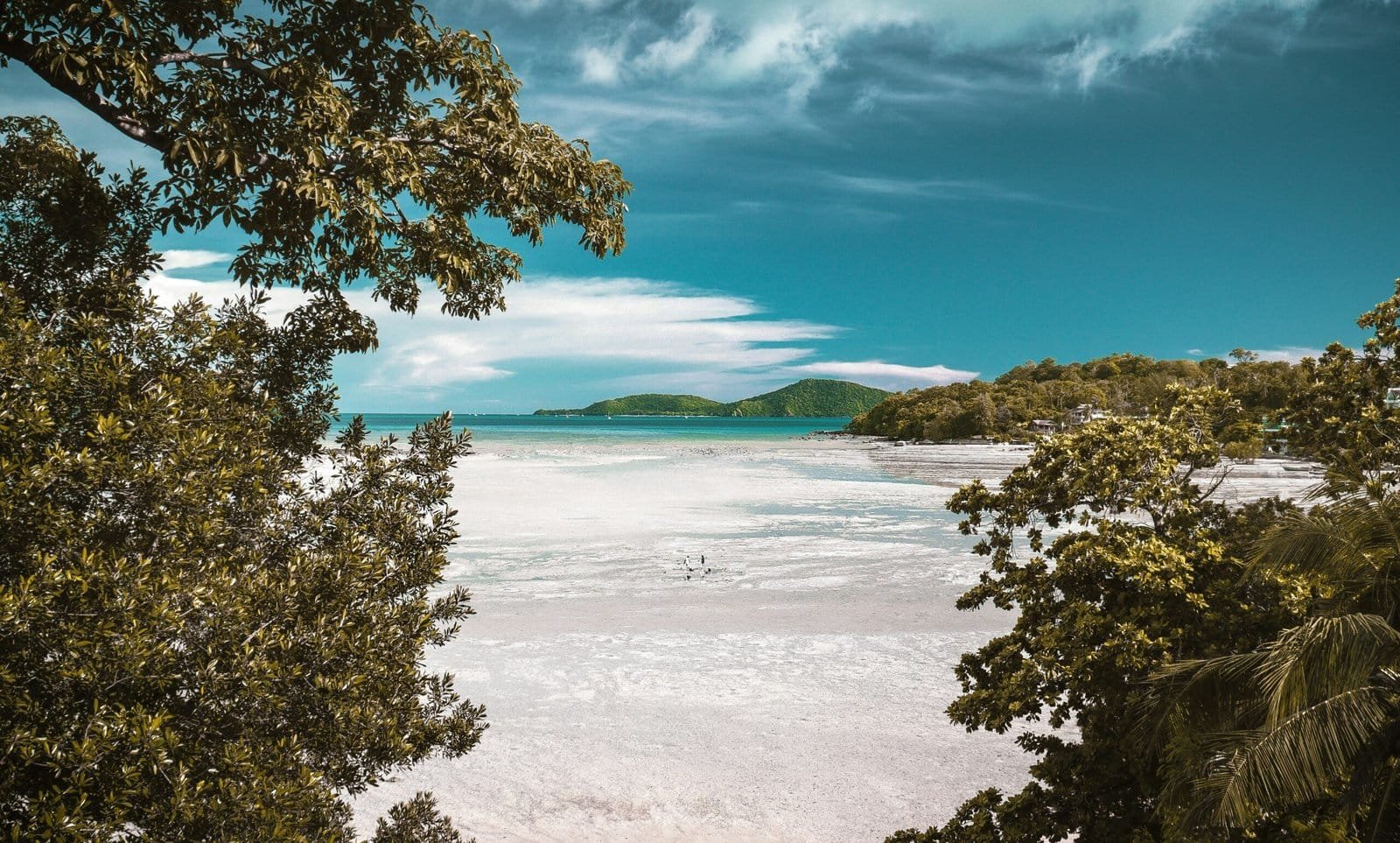
Introduction to Puerto Rico
Puerto Rico, a captivating island located in the northeastern Caribbean Sea, lies approximately 1,000 miles southeast of Miami, Florida. This vibrant territory of the United States covers an area of around 3,515 square miles and is known for its striking landscapes, ranging from lush rainforests to pristine beaches. The island’s geographical position not only makes it an attractive destination for tourists but also plays a pivotal role in its historical and cultural evolution.
As a U.S. territory, Puerto Rico maintains a unique status that influences its cultural identity. The island is home to a rich tapestry of ethnic diversity, with roots tracing back to the indigenous Taino people, Spanish colonizers, African slaves, and later immigrants from various parts of the world. This blend of influences has shaped Puerto Rico into a melting pot of cultures, evident in its traditions, music, cuisine, and festivals. The island’s official languages, Spanish and English, further reflect its dual heritage, allowing for a seamless interchange of ideas, beliefs, and practices.
Puerto Rico’s cultural significance extends beyond its borders, as it serves as a bridge connecting the Caribbean and the Americas. The island’s vibrant arts scene, including music styles such as salsa and reggaeton, has gained international recognition, creating a sense of pride among Puerto Ricans both on the island and abroad. Furthermore, Puerto Rico’s historical landmarks, such as the forts of San Juan and the UNESCO World Heritage Sites, draw attention to the island’s storied past. These elements combine to create an atmosphere that is as enchanting as it is complex, inviting visitors and residents alike to delve deeper into its historical narratives and cultural richness.
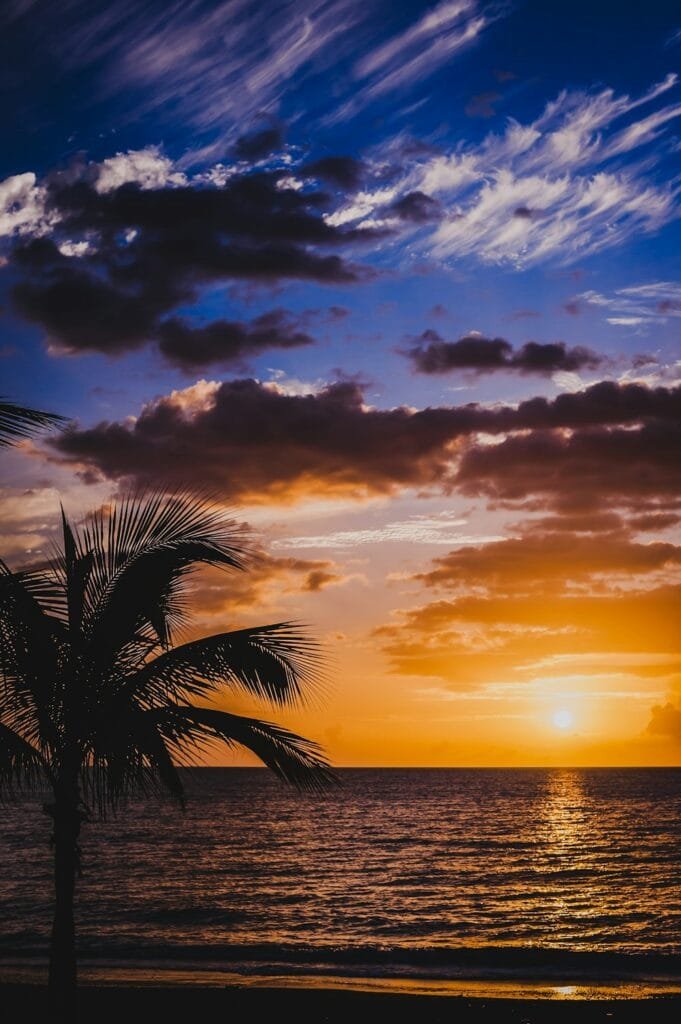
Indigenous Peoples of Puerto Rico
The indigenous peoples of Puerto Rico, primarily the Taíno, played a crucial role in the island’s early history and cultural landscape prior to European colonization. The Taíno were part of the Arawakan linguistic family and settled in the Caribbean islands, with Puerto Rico serving as one of their key territories. Their society was organized into chiefdoms, known as “cacicazgos,” where each chief, or “cacique,” governed a community and was responsible for maintaining harmony, trade, and communal well-being.
The Taíno people had a rich culture that included a vibrant tradition of art, music, and dance. They were skilled agriculturalists, cultivating crops such as cassava, yuca, and sweet potatoes, which were staple foods of their diet. Additionally, the Taíno engaged in fishing and hunting, enabling them to thrive in the diverse ecosystems of Puerto Rico. Their social structure emphasized community, interconnectedness, and respect for nature, which was reflected in their spiritual beliefs that revered natural elements as sacred.
With the arrival of Christopher Columbus in 1493 and subsequent Spanish colonization, the lives of the Taíno drastically changed. European diseases, forced labor, and violence led to a significant decline in their population and disrupted their traditional way of life. The introduction of slavery further exacerbated their plight, as many Taíno were enslaved or killed, resulting in a near-elimination of their cultural practices. Despite this devastating impact, some aspects of Taíno heritage have persisted in modern Puerto Rican culture, including language, agriculture, and spiritual practices.
Today, the legacy of the Taíno continues to be recognized and honored in Puerto Rico, offering insight into the island’s rich history. This tapestry of resilience and adaptation is an indispensable part of Puerto Rico’s cultural identity, reminding us of the significance of preserving indigenous histories and contributions in the face of adversity.
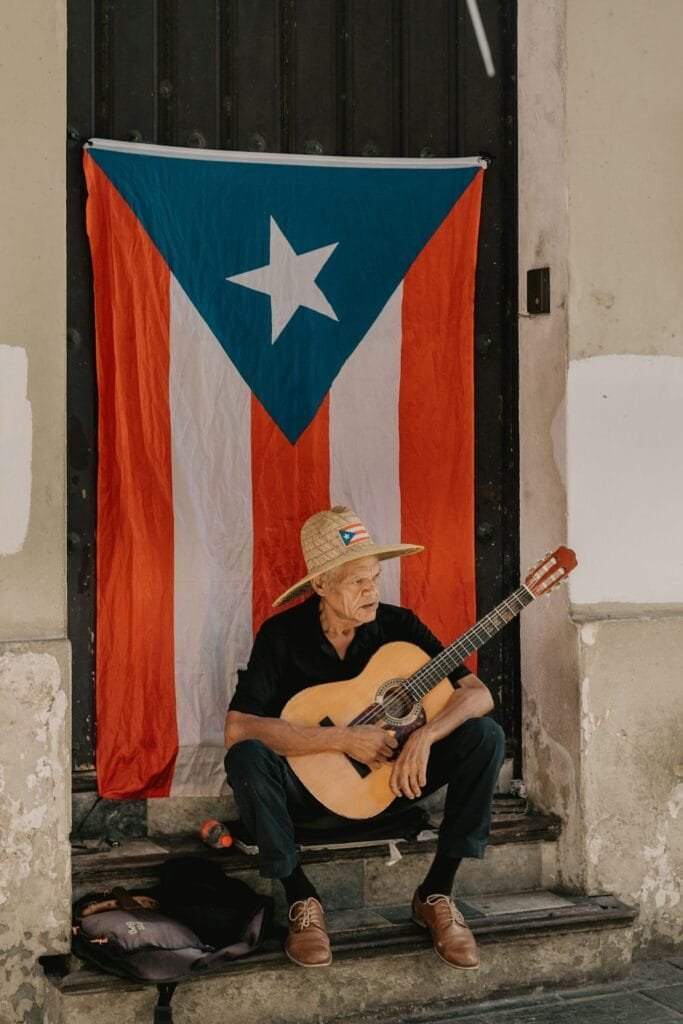
Ethnic Diversity in Puerto Rico
Puerto Rico is a vibrant mosaic of ethnicities, reflecting a rich tapestry woven from various influences that have shaped its identity. Primarily, the ethnic composition of the island includes a significant blend of African, Spanish, and indigenous Taíno heritages. The confluence of these cultures has profoundly influenced the island’s traditions, language, and social customs, contributing to a unique cultural experience that is distinctively Puerto Rican.
The African presence in Puerto Rico dates back to the early colonial period when enslaved Africans were brought to the island to work in sugar plantations. Their contributions to music, dance, and culinary traditions are evident in the rhythms of Bomba and Plena, as well as popular dishes that emphasize hearty flavors and ingredients. This influence has played a crucial role in creating a dynamic cultural environment that celebrates diversity and resilience.
Spanish colonization has also left a lasting mark on Puerto Rican culture. The language, predominant in the island, alongside artistic expressions such as architecture and literature, reflects this Spanish heritage. Puerto Rican identity is often closely tied to these colonial roots, with the Catholic faith also playing an integral role in shaping community values and practices.
Additionally, the indigenous Taíno culture, although significantly diminished, has contributed essential elements to the island’s identity. Words from the Taíno language are commonplace in everyday Puerto Rican vernacular, and even various agricultural products, such as cassava and sweet potatoes, trace their origins to Taíno cultivation practices. This fusion of backgrounds has fostered a sense of belonging among Puerto Ricans, allowing them to celebrate their multicultural heritage while simultaneously addressing common misconceptions surrounding their identity.
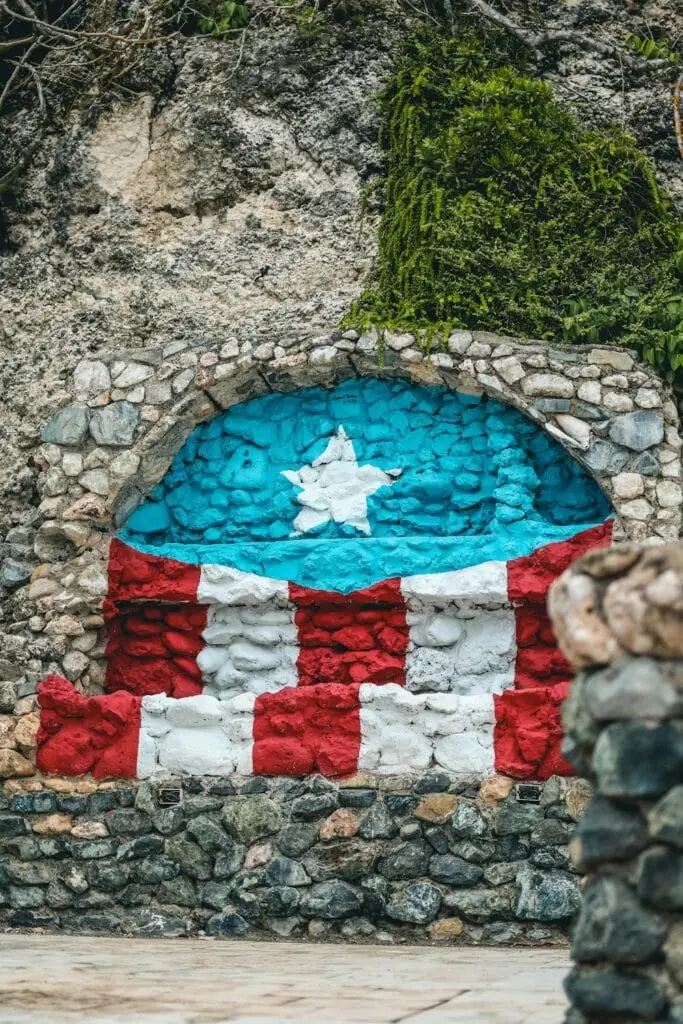
The interaction of these ethnic backgrounds highlights not only the complexities of Puerto Rican identity but also the island’s ability to adapt and thrive amidst its diverse cultural legacies. By understanding the ethnic diversity in Puerto Rico, one gains a deeper appreciation for the multifaceted nature of its people and their shared history.
Historical Conquests and Colonization
The rich history of Puerto Rico is marked by a series of conquests and colonization efforts that have fundamentally shaped its cultural landscape. The arrival of European powers, specifically the Spanish, began in 1493 when Christopher Columbus first sighted the island. His voyage marked the beginning of Spain’s extensive colonization efforts in the Caribbean. Following this initial contact, Spanish forces organized a military invasion, leading to the swift and often violent subjugation of the indigenous Taino population. This displacement laid the groundwork for a new societal structure heavily influenced by European norms.
Colonization had far-reaching effects on the local population, including the establishment of encomienda systems that favored Spanish settlers. As a result, the social and economic fabric of Puerto Rican society underwent a significant transformation. The indigenous Tainos faced sharp declines in their populations due to disease, enslavement, and violent conflict, leading to their effective erasure from much of the socio-political landscape of the time. With the decline of the Taino populace, the Spanish turned to African slavery to sustain their agricultural economy, which primarily centered around sugar plantations. This shift introduced a complex interplay of African cultures into the mix, culminating in a unique fusion that characterizes modern Puerto Rican identity.
Over the subsequent centuries, Puerto Rico became a strategic military outpost for Spain, facilitating trade routes between Europe and its colonies in the Americas. The island’s history of colonial rule persisted until the late 19th century when Puerto Rico briefly fell under American control following the Spanish-American War in 1898. This transition signified another chapter in the island’s storied past, further influencing its cultural and societal evolution. The amalgamation of diverse influences, from indigenous, Spanish, and African heritages, contributes to the rich tapestry of modern Puerto Rican society, which continues to navigate its historical legacies while shaping its future.

Natural Beauty of the Island
Puerto Rico is a captivating destination known for its diverse landscapes that offer an extraordinary tapestry of natural beauty. Stretching from lush rainforests to pristine beaches, the island boasts a variety of ecosystems that contribute to its unique allure. The El Yunque National Forest, the only tropical rainforest in the U.S. National Forest System, is a prime example. This vibrant ecosystem features towering trees, cascading waterfalls, and an abundance of flora and fauna, making it a haven for nature enthusiasts and researchers alike.
In contrast to the verdant rainforests, Puerto Rico is also home to breathtaking coastal areas. The island’s beaches, such as Flamenco Beach in Culebra and Luquillo Beach, are renowned for their soft, white sands and crystal-clear waters. The picturesque coastline not only invites relaxation but also serves as a habitat for a variety of marine life. The coral reefs surrounding Puerto Rico are vital for maintaining the ecological balance and provide excellent opportunities for snorkeling and diving, enabling visitors to witness the vibrant underwater ecosystems firsthand.
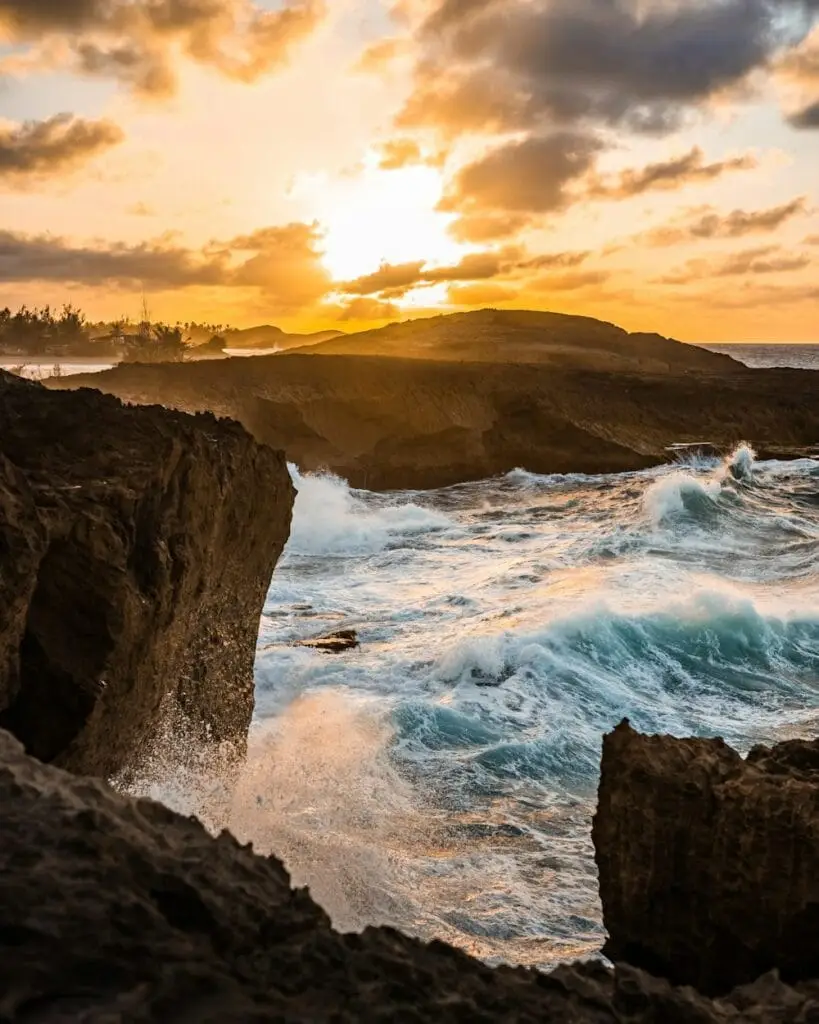
Additionally, the majestic mountains of Puerto Rico paint a stunning backdrop to the island’s picturesque landscapes. The central mountain range, known as the Cordillera Central, features peaks that rise over 4,000 feet, including Cerro de Punta, the highest point on the island. This region is characterized by breathtaking views and diverse wildlife that truly showcases the island’s natural richness.
The preservation of Puerto Rico’s natural beauty is of paramount importance. As tourism increases, efforts towards sustainability and conservation become essential to safeguard these unique ecosystems for future generations. By fostering an appreciation for the island’s natural wonders, both residents and visitors can contribute to the ongoing protection and appreciation of Puerto Rico’s diverse landscapes.
Must-See Places in Puerto Rico
Puerto Rico is a vibrant island that offers a plethora of attractions, each immersing visitors in its rich culture and natural beauty. One of the top destinations is El Yunque Rainforest, the only tropical rainforest in the United States National Forest System. This expansive area features lush vegetation, cascading waterfalls, and a diverse range of flora and fauna. Trails like La Mina offer hikers stunning views and the chance to encounter unique wildlife while basking in the tranquil surroundings.
Another essential stop is Old San Juan, a historic district that transports visitors back in time with its cobblestone streets and colorful colonial buildings. The area is home to significant landmarks such as Castillo San Felipe del Morro and Castillo San Cristóbal, both of which highlight the island’s strategic importance in the Caribbean. Tourists can explore local shops, savor traditional cuisine, and admire street art that reflects Puerto Rico’s contemporary culture.
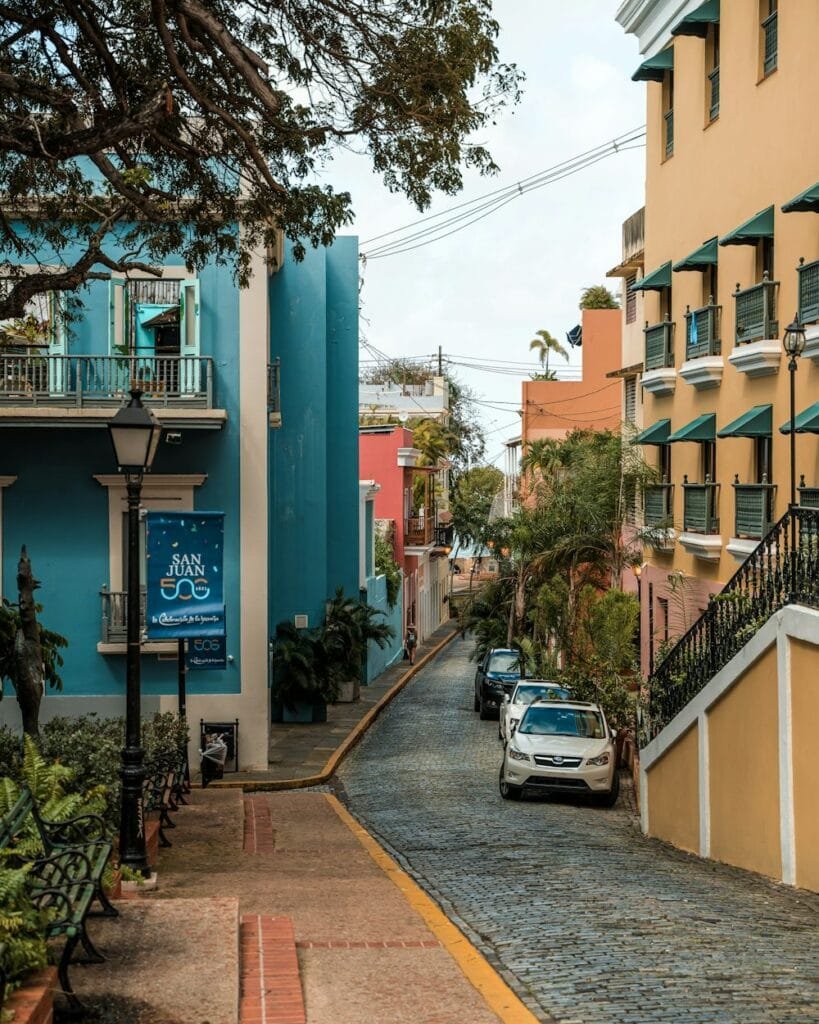
For those seeking a unique natural phenomenon, the bioluminescent bays of Puerto Rico are a must-visit. The brightest of these, Mosquito Bay on Vieques, offers an enchanting experience where the water glows a vibrant blue when disturbed, thanks to microscopic organisms known as dinoflagellates. Kayaking through this magical bay at night is an unforgettable adventure that showcases the island’s natural wonders.
Additionally, the caves of Camuy and the iconic San Juan National Historic Site deserve mention, as they offer insights into Puerto Rico’s natural history and its colonial past, respectively. Each of these attractions provides a deeper understanding of Puerto Rico’s diverse offerings, making the island a compelling destination for travelers eager to explore history, nature, and culture interwoven in a breathtaking tapestry.
The Culture of Puerto Rico
Puerto Rico is a vibrant tapestry of cultural expressions that reflect its diverse heritage. The island’s unique position at the crossroads of the Caribbean, Latin America, and North America has resulted in a rich blend of traditions, customs, and artistic forms. Music, for instance, plays a central role in Puerto Rican culture, with genres such as salsa, reggaeton, and bomba serving as a reflection of both the island’s African and Taino ancestry. The rhythms and melodies created by local musicians not only entertain but also preserve historical narratives and tell stories that are fundamental to the Puerto Rican identity.
Dance is another essential aspect of Puerto Rican culture that showcases the island’s rhythmic spirit. Traditional dances such as the salsa, which has roots in both Afro-Caribbean and Latin rhythms, and folk dances like the plena and bomba are often performed at festivals and community gatherings. These dances are not merely performances; they symbolize the joy, resilience, and historical struggles of the Puerto Rican people. Both locals and visitors alike participate in such festivities, which foster a sense of community and belonging.
The culinary traditions of Puerto Rico are equally noteworthy, offering a delightful fusion of flavors influenced by Taíno, Spanish, and African cuisines. Signature dishes like mofongo, arroz con gandules, and lechón reflect the island’s agricultural bounty and culinary ingenuity. Moreover, food is an integral part of celebrations and gatherings, wherein traditional recipes are passed down through generations, thus keeping the cultural heritage alive.
Folklore and storytelling also play a crucial role in shaping Puerto Rican culture. Legends of characters like La Llorona, along with traditional beliefs and practices, continue to be shared in various forms, preserving the collective memory of the island’s past. Through music, dance, culinary practices, and folklore, Puerto Rico’s culture emerges as a vivid manifestation of its history and collective identity, continuously evolving yet rooted deeply in its ancestry.
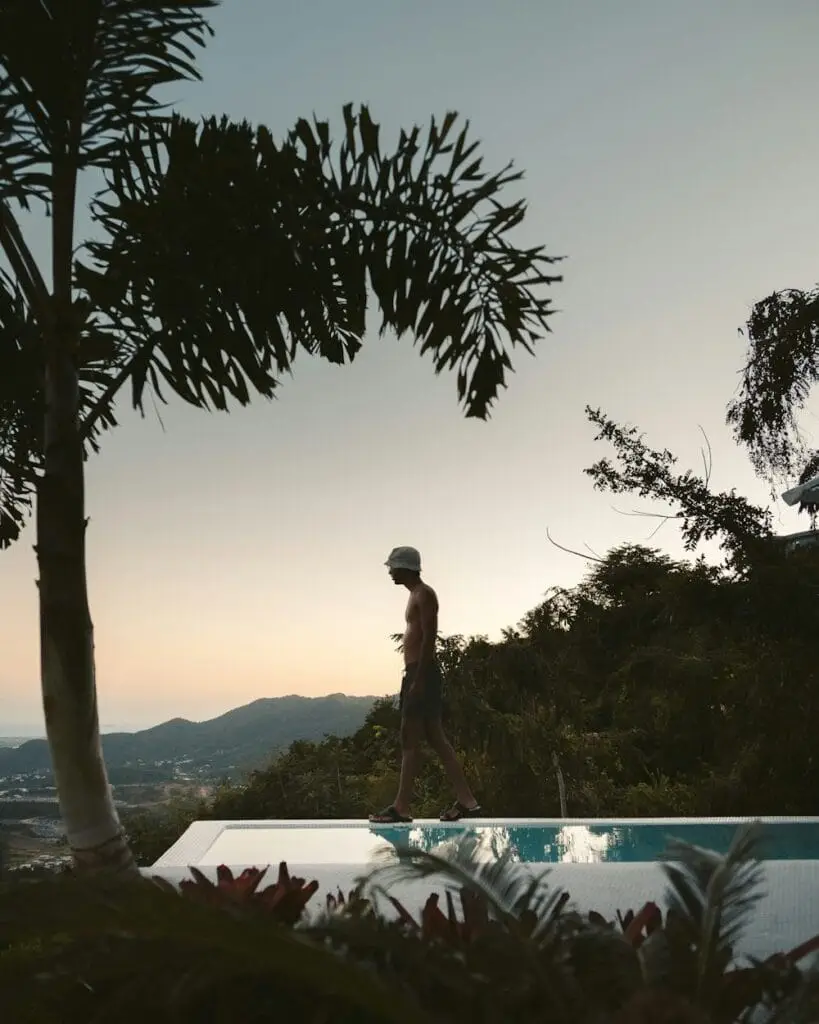
Economic Foundations of Puerto Rico
Puerto Rico’s economy is a multifaceted tapestry woven from various industries that contribute significantly to its overall financial stability. At the forefront of these sectors is pharmaceuticals, which plays a pivotal role within the island’s economic structure. Major pharmaceutical companies have established operations in Puerto Rico, drawn by its favorable tax incentives and strategic geographical location. The pharmaceutical industry not only creates high-paying jobs but also boosts local supply chains, stimulating further economic activities in the region.
Manufacturing is another cornerstone of Puerto Rico’s economy. The island has a long-standing reputation as a manufacturing hub, particularly for electronics and medical devices. The presence of a skilled workforce and modern infrastructure has facilitated the growth of this sector, helping to sustain not only local employment but also export revenues. As global demand for manufactured goods continues to rise, Puerto Rico remains at the forefront, adapting to changing market needs and technological advancements.
Tourism is arguably the most visible industry in Puerto Rico’s economic landscape. The island’s stunning natural beauty, rich cultural heritage, and vibrant cities attract millions of tourists each year. The tourism sector generates significant revenue, directly and indirectly benefitting local businesses, including hotels, restaurants, and artisans. Events such as the vibrant San Sebastián Street Festival highlight Puerto Rico’s cultural uniqueness, drawing even more visitors. As a vital source of income for local communities, the tourism industry helps enhance the quality of life for residents. Collectively, these industries underscore the importance of economic diversification for Puerto Rico, allowing the island to withstand fluctuations in global markets and continue its growth trajectory. In conclusion, the intersection of pharmaceuticals, manufacturing, and tourism forms the backbone of Puerto Rico’s economic foundations, showcasing the island’s resilience and potential for future development.
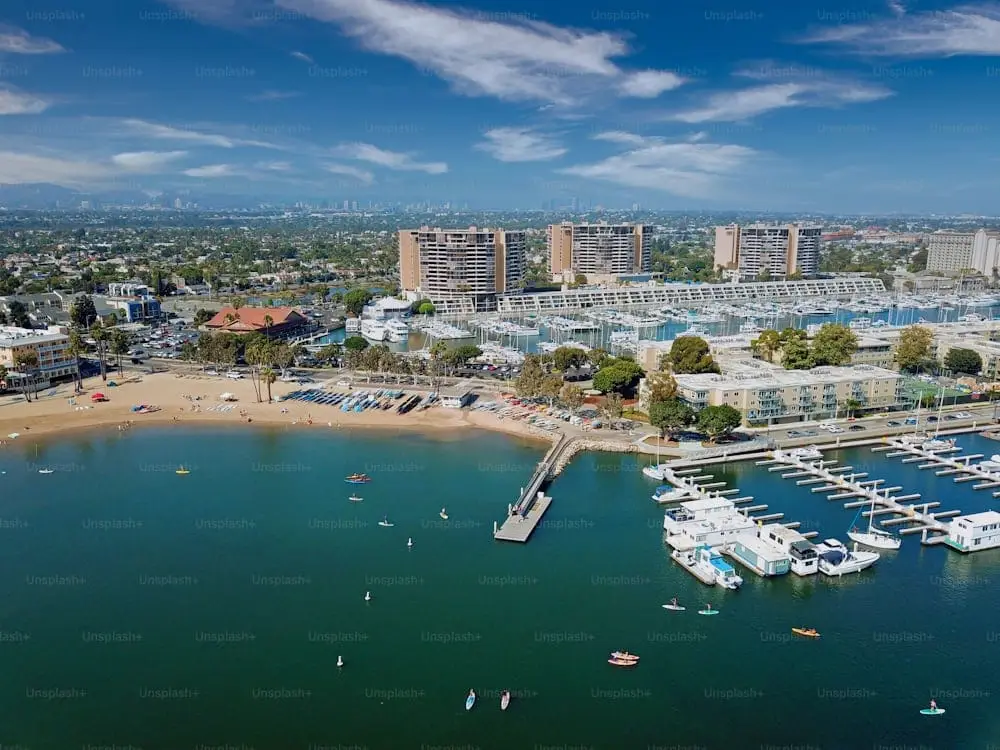
Top 10 All-Inclusive Resorts in Puerto Rico
Puerto Rico offers a wide array of all-inclusive resorts that cater to diverse traveler preferences, combining luxury, comfort, and authentic Caribbean experiences. Here is a list of the top 10 all-inclusive resorts in Puerto Rico, highlighting their amenities and unique offerings.
1. Wyndham Grand Rio Mar Puerto Rico Golf & Beach Resort – This expansive resort features beautiful beachfront access, vibrant gardens, and an impressive selection of dining options. Guests can indulge in two championship golf courses and a luxurious spa, ensuring a relaxing escape.
2. Marriott’s Frenchman’s Cove – Nestled on the beautiful island of St. Thomas, this resort is ideal for families. It offers spacious villas with kitchenettes, a large infinity pool, and access to pristine beaches, making it perfect for a family vacation.
3. Renaissance Santo Domingo Jaragua Hotel & Casino – Located in the capital, this urban resort provides breathtaking views of the Caribbean Sea. With a lively casino, multiple dining options, and an easily accessible beach, it is a vibrant option for those seeking excitement.
4. Royal Isabela – This eco-friendly resort stands out with its breathtaking cliffs and stunning ocean views. Guests enjoy upscale accommodations, exceptional dining experiences, and activities like golf, surfing, and horseback riding, all within a serene setting.
5. The Westin Rio Mar Beach Resort & Spa – Offering a comprehensive wellness experience, this resort features a full-service spa, oceanfront pools, and direct access to the beach. The hotel’s wide variety of dining options caters to every palate.
6. Sandy Beach Hotel – A charming option for budget-conscious travelers, it boasts an idyllic beachfront, a poolside bar, and proximity to vibrant nightlife, creating a lively atmosphere for guests looking to immerse themselves in local culture.
7. Hacienda Del Sol – Known for its historical significance, this resort provides a unique blend of modern comfort and rustic charm. Guests can participate in various on-site activities, access hiking trails, and savor authentic Puerto Rican cuisine.
8. Club Med Punta Cana – Ideal for those seeking adventure, this resort offers a host of activities, including water sports, yoga, and cultural workshops. Families will appreciate the on-site children’s clubs that allow for a tailored vacation experience.
9. El Conquistador Resort – Located on a cliff, El Conquistador provides breathtaking ocean views. Its vast water park, spa, and multiple dining venues offer guests a luxurious, all-encompassing getaway.
10. Copa Playa – An all-inclusive option with amenities such as pools, bars, and delicious dining options. The resort’s prime location makes it perfect for exploring nearby attractions, providing travelers with a well-rounded experience.
These top all-inclusive resorts in Puerto Rico truly encapsulate the island’s diverse offerings, catering to luxury seekers, families, and adventure enthusiasts alike. From beachfront relaxation to rich cultural experiences, guests are ensured an unforgettable vacation that evokes the spirit of Puerto Rican hospitality.
Encouraging Tourism in Puerto Rico
As we reflect on the myriad attractions that Puerto Rico offers, it is essential to recognize the vital role tourism plays in the island’s economy. The natural beauty, rich history, and vibrant culture of Puerto Rico make it an inviting destination for travelers seeking unique experiences. By choosing to visit, tourists are not only enriching their own lives but also contributing to the revival and sustainability of the local economy. Supporting Puerto Rico through tourism helps fund essential services and preserves the cultural heritage that makes this island so remarkable.
Travel agencies, such as Bonne Vacances, can provide personalized travel arrangements that cater to specific interests and preferences, ensuring that visitors receive a memorable and fulfilling experience. These agencies are knowledgeable about the local culture, attractions, and hidden gems that define Puerto Rico. From the stunning beaches of Vieques to the mesmerizing El Yunque Rainforest, there is an abundance of activities and sights waiting to be discovered. Individuals looking to create a tailored travel itinerary can benefit from the expertise of professionals who specialize in Puerto Rican adventures.
In addition to exploring the iconic landmarks and natural wonders, tourists are encouraged to engage with the local communities. Activities such as participating in traditional festivals, sampling local cuisine, and visiting artisan markets foster meaningful connections that enrich the travel experience. By doing so, visitors not only gain insight into Puerto Rico’s rich tapestry of culture but also contribute to the livelihoods of local artisans and small business owners.
In conclusion, a visit to Puerto Rico offers a glimpse into a vibrant culture and breathtaking landscapes, all while playing a pivotal role in the island’s recovery and growth. By planning your trip today, you can take part in supporting this beautiful destination. Reach out to Bonne Vacances Travel Agency for assistance in crafting your dream vacation to Puerto Rico, where every trip contributes positively to the island and its people.
